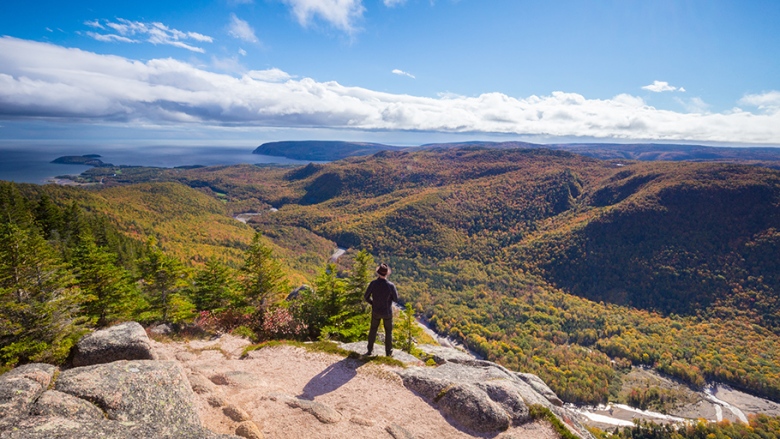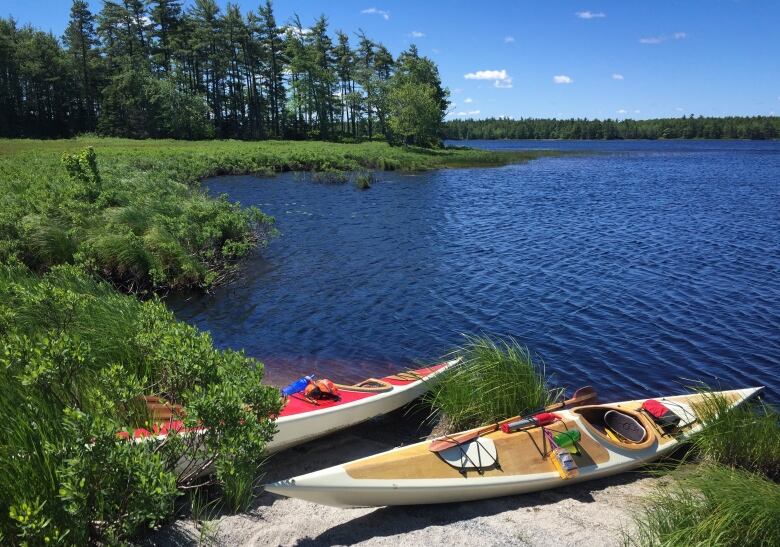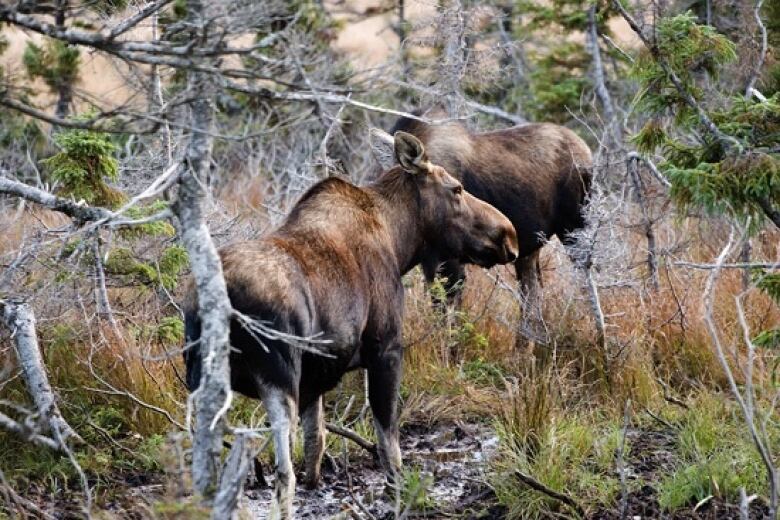Report says Nova Scotia not doing enough to protect biodiversity
Efforts across Canada limited by lack of connectivity between protected areas, says World Wildlife Fund Canada

Government efforts to protect land fall short and risks to biodiversity increase when there's no way to connect the areas, something that's a particular problem in Nova Scotia and the rest of the Maritimes.
That's among the findings in a recent report by the Canadian branch of the World Wildlife Fund. The report, titled Wildlife Protection Assessment: A National Habitat Crisis, points to "historical gaps in essential wildlife habitat protection."
Nationally, the report finds 84 per cent of habitats with high concentrations of at-risk species are inadequately or completely unprotected. Simply put, not enough has been done to protect biodiversity, according to the report.
"This is the fabric, this is the nuts and bolts, so to speak, of our natural world and what allows ecosystems to function properly, and without that we can end up in some serious issues," Simon Mitchell, freshwater lead specialist for WWF Canada, said in an interview.
"We rely on the natural world to survive as a human population and its health will, to a certain extent, dictate our health."

The report came several weeks ahead of a United Nations report released Monday, which paints a dire picture of biodiversity across the planet. Mitchell said the UN work was independent of his organization's report, but is great cause for concern.
The aim of the WWF report was to provide governments with better information as they work toward the national goal of protecting 17 per cent of terrestrial spaces, said Mitchell.
Why connectivity is so important
While effects to protect spaces have increased and provinces and territories are improving on that front, Mitchell said a lack of connectivity for those areas limits the protection of biodiversity because it limits the ability for plants and animals to move around.
It's a problem due largely to development, he said.
"That leads to disconnectedness, it leads to road networks, it leads to human impacts across the landscape, which subsequently have a negative impact on protected areas and species," said Mitchell.

There are efforts afoot to confront the problem.
MItchell pointed to the work by conservation groups to collect private land along the Chegnecto Isthmus to allow better moose movement as an example of why connectivity is so important.
"If the landscape is connected such that moose can move, the idea would be that most other species in the region would be able to move around as well," he said.
Connectivity is a particular problem in Nova Scotia, according to the report.

While it lauds efforts to protect areas, particularly around Kejimkujik National Park in the southwest and Highlands National Park in Cape Breton, the report notes the death of protected areas in between.
"The areas that Nova Scotia has protected have not been sufficiently large, connected or of strong ecological integrity," reads the report. "In Nova Scotia, over 45 per cent of physical habitats are inadequately represented while 43 per cent have no protection whatsoever."
Raymond Plourde, wilderness co-ordinator of the Ecology Action Centre, said the report shows the need for an increased emphasis on the working landscape in Nova Scotia, which has faced a disproportionately big strain because European settlers were here sooner than other parts of the country.
"We've been at the business of changing the landscape to suit man for longer than provinces that are farther westward and are larger and the result is that the landscape is highly fragmented from a natural point of view," he said.

Plourde noted there are90 areas still awaiting protection under the 2013 Parks and Protected Areas plan.
A spokesperson for the province's Lands and Forestry Department acknowledgethe challenges the province faces with connectivity, particularly because 70 per cent of the province is privately owned, but said the governmentis working to improve ecological connectivity.
"The province is working closely with Mi'kmaq, land trust, and other conservation partners to protect more private land with a focus on sites of important habitat, species at risk and ecological representation," Lisa Jarrett said in an email.
"It is important to note that Nova Scotia is among the leaders for land protection in Canada, with about 12.5 per cent of the province legally protected, and a commitment to work toward 13 per cent."
Protection alone not enough
But Mitchell said protected areas and ecological representation are not the same thing. The Maritime provinces rank at the bottom of the list in the latter category, which is a measurement of biodiversity support.
"We can address the protected areas piece and have protected areas, but protected for what purpose isn't always clear."
Last month, the province shelved plans to bring in the country's first biodiversity act after a call for more consultation. Jarrett said the department is still working on a plan for that effort, including how and with whom consultation would take place.












_(720p).jpg)


 OFFICIAL HD MUSIC VIDEO.jpg)
.jpg)



























































































